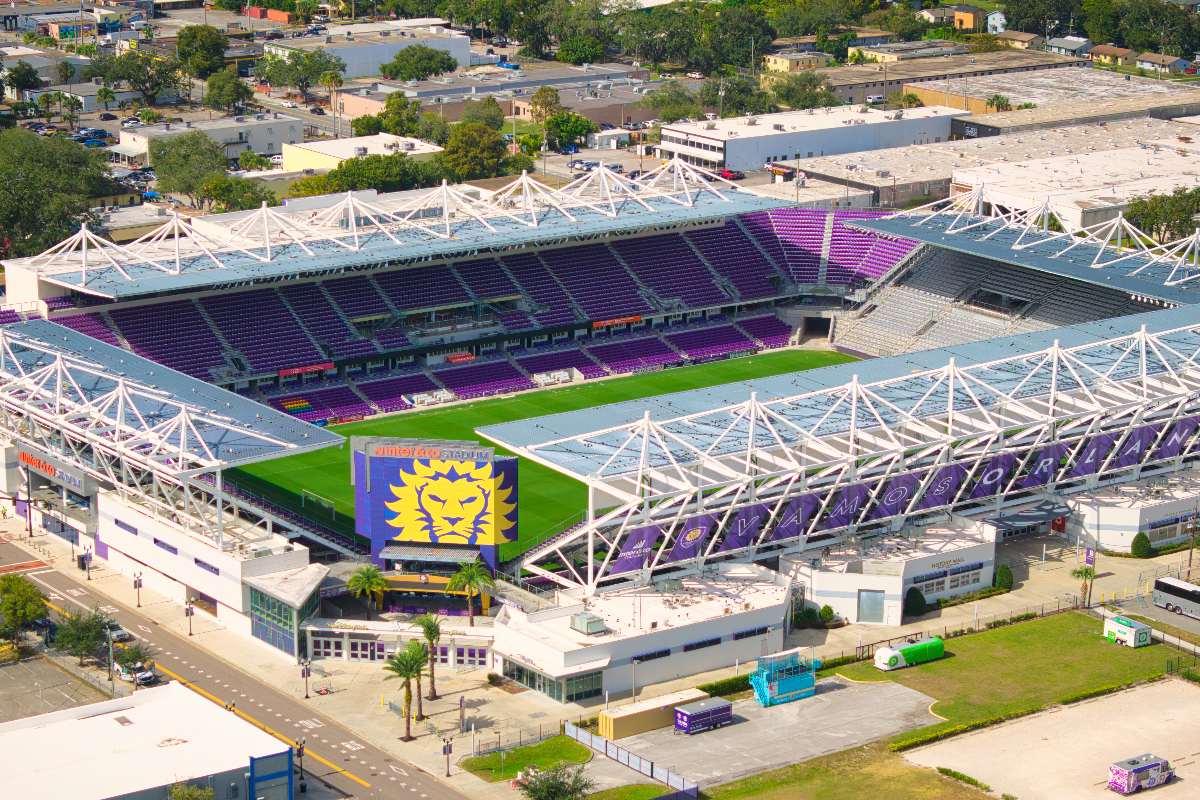Special Reports
SusHi Tech Tokyo 2024: experience ‘Tokyo 2050’ todaySponsored by The SusHi Tech Tokyo 2024 Showcase Program Executive Committee
How can collaboration and partnering really work when creating the digital connected ceiling? asks Tridonic’s Simon Blazey

So despite the knockbacks, the threat of security breaches and the wider objections a great deal of time, energy and money is still being spent in taking the next steps to making the vision of intelligent smart buildings and cities a reality.
Key to these dreams being realised will be taking the idea of the interoperability of the various building and IT systems out of the theoretical proposals and plans and then realising them in what may be viewed by many as the sceptical and distrusting reality that is the commercial construction environment.
Managing this interoperability and the need for greater openness than companies may be used to or comfortable with is going to be a fine line to tread and will require far more integrated teams of people to deliver the interoperable systems that the client desires.
We, the providers, are going to have to think again about the true nature of partnerships which, by definition, require ’close co-operation as current recognised construction management procedures and processes will not allow for the procurement and delivery of these new style projects.
There is going to be a new eco-system of partnerships and collaboration evolving, replicating the selective, evolutionary processes seen in the past but at a far quicker rate. Those organisations that are not able to adapt to the new ways of working will gradually fade from view to be replaced by those organisations that are prepared to be brave, work together and adopt new procurement techniques that deliver the outcomes as desired and stipulated by the client at the earliest stages of the project.
Current tender and proposal methods and processes will not and cannot deliver these outcomes. When you are embracing new technologies traditional tried and tested ’out of the box’ solutions delivered using the usual procurement methods will simply not work.
In the past the various technologies and systems found in the ceiling voids of building schemes eg BMS, telephones, access and security, fire detection and data networks, could be relatively easily tendered and procured. Individual tender and procurement was far easier as each of these systems was differentiated from each of the others by the different protocols that each system uses to communicate. Now that lighting can be installed as the IP infrastructure backbone, it enables each of the previously constrained devices to access its pertinent service application through the lighting infrastructure and this leads to the creation a digital connected ceiling.
This new infrastructure, the digital connected ceiling, upon which lighting and other devices co-exist and if necessary inter-operate, is a completely different type of installation that demands an alternative approach to procurement if it is to achieve the desired outcomes. Partnership and collaboration will be necessary not only from the technology suppliers but also from contractors, consultants and clients and will be the absolutely key to the final success of any project.
I believe these new procurement techniques will hinge upon the client and providers jointly committing to pilot projects at a key early stage in the overall project scheme and tender process. The client is not liable to risk but in effect ’interviews’ the solution providers throughout the duration of the pilot project, with all parties providing open and honest feedback on both the good and bad aspects of what is being designed and installed.
Throughout this process the focus must be on how the evolution of the project is working towards achieving the client’s outcomes whilst all the time bearing in mind the physical environment and how the users will interact with the installed technology.
Co-existence, interoperability, integration, cyber security, user experience and costing models can and will be demonstrated and resolved through this pilot. Perhaps this is the only way to achieve partnerships and collaboration for the real project.
New partnerships and unions are going to become the norm in order for clients to find the solution providers that will help them accomplish what they will want and need in order to thrive in the Smart cities of the 21st century and beyond.
Simon Blazey is currently strategic solution sales manager at Tridonic. He has a wealth of experience within the built environment, having worked for several of the major building automation manufacturers over a 25 year career. He held several key sales positions at Schneider Electric, managing a team of segment specialists covering key end user accounts and delivering fully integrated building automation and energy management solutions. Additional duties included building strategic partnerships to facilitate high level end user selling with a specific focus on building performance ie Energy optimisation and workplace performance. Due to the success in the UK Simon was also responsible for the deployment of this methodology across the Global Schneider business community.
More recently Simon’s role was building performance director at Armstrong Fluid Technology, working with end users developing carbon reduction strategies and projects. These relationships and his understanding of building performance has helped Simon in his current strategic solution sales role at Tridonic, in particular with the beyond lighting strategy of IP connected buildings and cloud based lighting solutions, which are at the forefront of developments in lighting.
If you enjoyed this, you might wish to look at the following:
The perfect storm: how lighting can become the backbone of a connected city by Tridonic’s Simon Blazey
smartcitiesworld.net/opinions/opinions/the-perfect-storm-how-lighting-can-become-the-backbone-of-a-connected-city-by-tridonics-simon-blazey

















